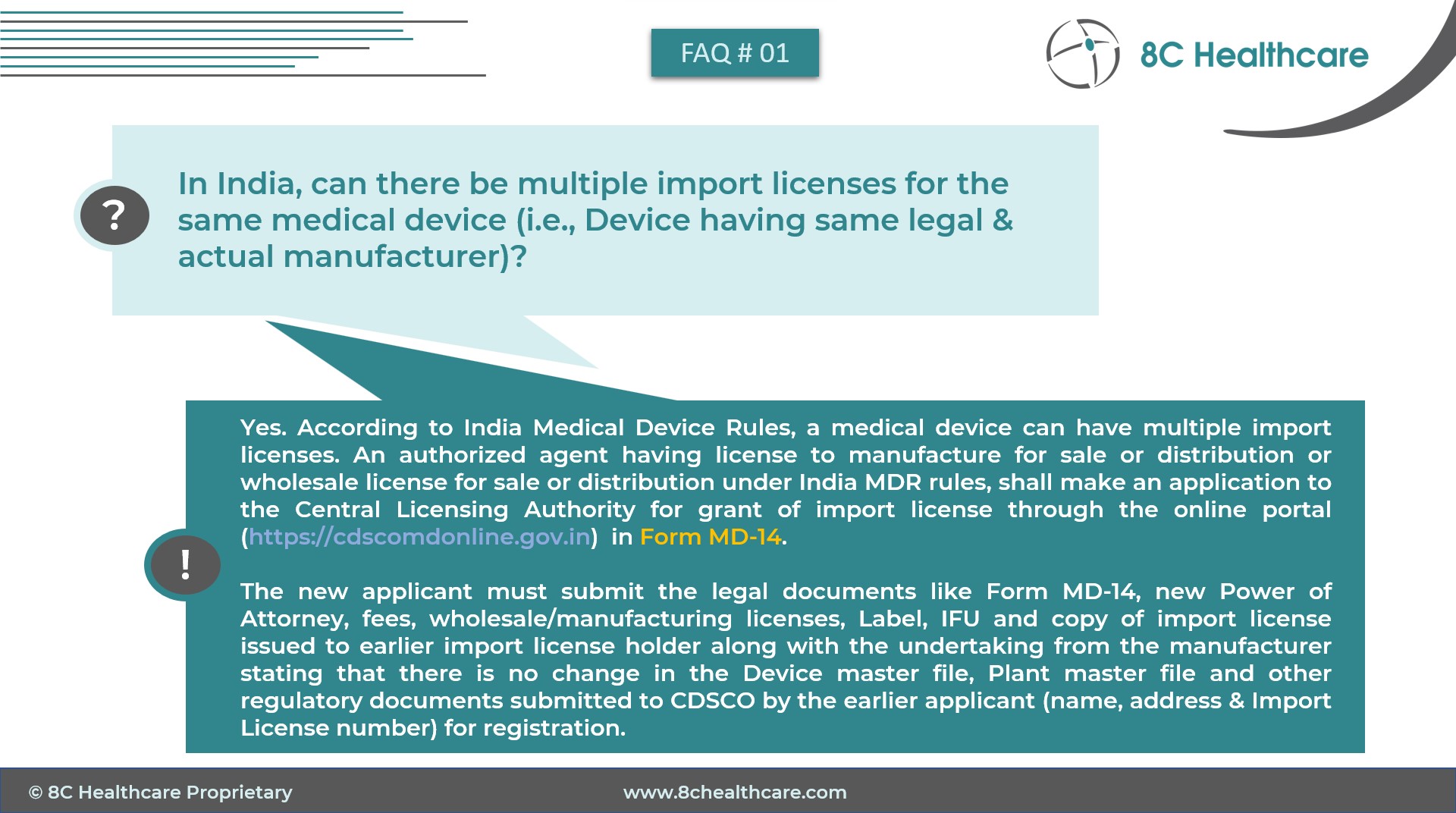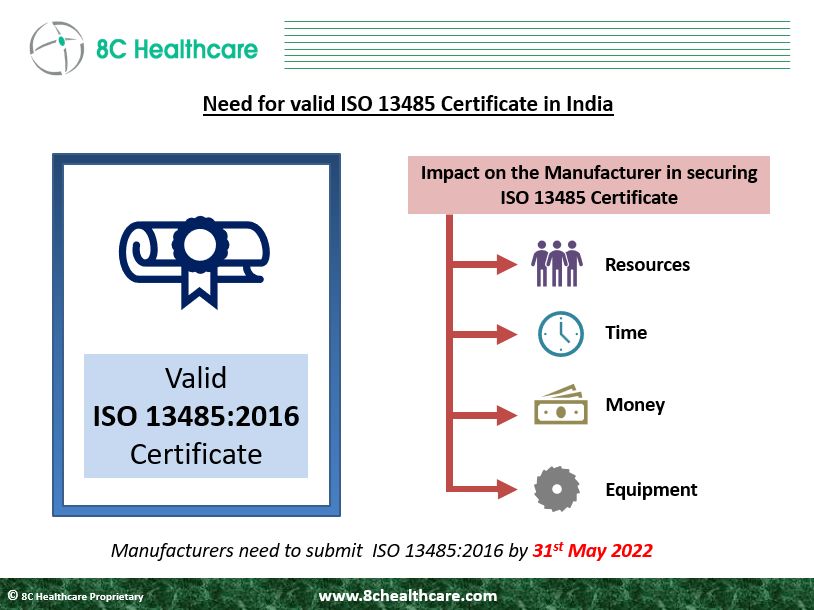Regulatory Affairs - Europe
With the onset of EU MDR & IVDR, the regulatory requirements in Europe have been intensified and you need a right partner to fulfil your regulatory needs in Europe. The experienced team at 8C can help you company in achieving the EU MDR/IVDR compliance.
Medical Device market in the Europe accounts for one third of the global market. Increasing geriatric population, established medical device industry, rise in number of surgical procedures, growing awareness of cost-containment in healthcare industry, incentive for research and product innovation are critical factors driving the growth of this market.
Predicate identification:
- Classification
- Notified Body identification
- Technical File compilation (Annex II & III))
- PMS activities and reports
- CER drafting
- Labelling gap analysis
Classification
Determination of the medical device classification is the first and foremost step for the medical device manufacturers. Doing it right is very important. The class to which your device is assigned determines, among other things, the conformity assessment pathway required and the PMS requirements.
Notified Body identification
The review of the regulatory applications in Europe are conducted by the Notified Bodies. Finding a notified body and signing a deal with them one of the key activities. 8C Healthcare can help you in finding the right Notified Body for your requirements.
Technical File compilation
The essence of the European approval with a CE mark is to build a robust technical file covering the product details. Technical file is required for all classes of the medical devices regardless of their classification. The technical file covers of topics like device description, specifications, Design development summary, General safety and performance requirements, Risk management and product verification and validation reports including clinical evaluation report.
PMS activities and reports
The European medical device regulations have more prescriptive requirements for post market surveillances requirements and it’s a continuous process. An expert support is beneficial in meeting the post market surveillance reporting requirements. These reports are the evidence that manufacturers are complying with post market surveillance obligation. For lower risk devices (Class I), manufacturers must produce Post Market Surveillance Report, and this can be updated whenever the manufacturer considers it necessary and when requested by an authority. For all higher risk class devices (Class IIa, IIb and III), manufacturers must produce a Periodic Safety Update Report (PSUR). For Class IIa devices, the PSUR must be updated every two years whereas for Class IIb and Class III devices, the PSUR must be updated annually.
For class III and implantable devices, manufacturers must produce Summary of Safety and Clinical Performance (SSCP), which is an expression to improve public access to the clinical data that underpins the safety and performance of medical devices.
CER
Clinical Evaluation is a methodologically sound ongoing procedure to collect, appraise and analyse clinical data pertaining to a medical device and to evaluate whether there is sufficient clinical evidence to confirm compliance with relevant essential requirements for safety and performance when using the device according to the manufacturer’s Instructions for Use. Putting all this in to a report format as per the EU MDR 745/2017 is one of the notable tasks in securing the CE mark in Europe.
Labelling gap analysis
Labelling is by and large the most important regulatory document on which Notified body’s scrutiny is more. The labelling documentation includes, general labelling on the device, use of symbols, IFU and UDI. Manufacturers shall give special importance to the labelling to avoid compliance issues. Team 8C can review your labelling and provide a detailed assessment of gaps before they turn into costly mistakes.


